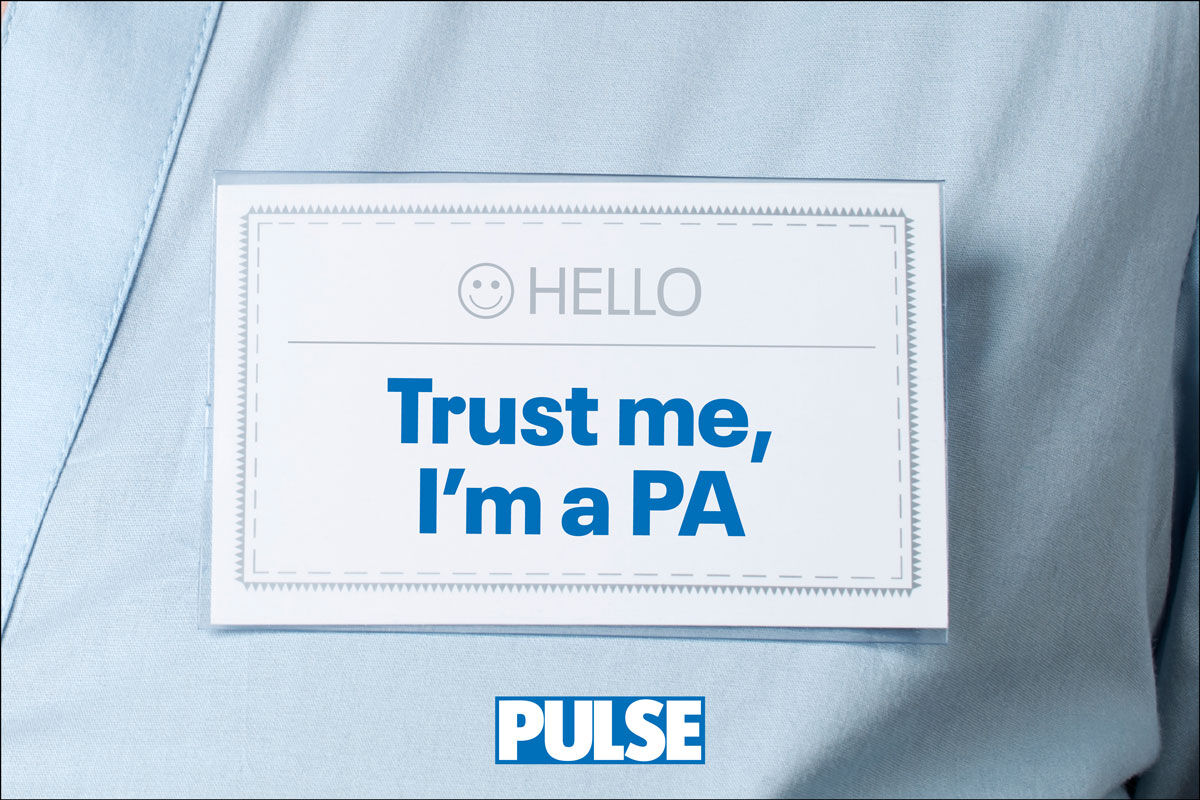Columnist Dr Zoe Rog reflects on the career-long challenge of keeping up with clinical guidelines
My GP trainees often tell me that they find certain clinical guidelines confusing. When I left medical school in 1996, there were a lot of things that didn’t make complete sense to me, but I was reassured that there were some things that I felt fairly clear on: I knew that I shouldn’t give beta blockers to patients with heart failure as it would make them worse, and I knew that it was a good idea to give aspirin to patients with atrial fibrillation to prevent them having a stroke. Little did I realise that as I progressed through my career, I would have to unlearn and relearn things that I had previously thought were cut and dried.
Although, I will admit that in 1996, it was unsettling that there was a distinct lack of consistency. Different specialists in the hospital favoured different treatment pathways and drugs, and patients with the same condition on adjacent wards and in next-door clinic rooms would be treated differently according to the whims and preferences of the doctors in charge. Sometimes, dare I say, patients would be treated according to which drug rep had most recently paid for lunch.
Then NICE came along in 1999. There has been scepticism about this ever since then, but at least it was the prospect of advice about how we should actually be treating our patients. Unfortunately, other organisations had ideas about this, too. We were subsequently blessed with a plethora of additional and sometimes conflicting guidelines from SIGN, various societies, foundations, and royal colleges.
Now, some evidence and guidelines have changed so many times that it is truly dizzying. Give HRT to everyone – actually, give it to no one – maybe some people, but not for too long – now almost everyone again, and for as long as they want it. Which COPD inhalers should we use? More diabetes drugs, anyone? Guidance on some conditions has the astonishing ability to cause increasing confusion the more you read it. A good example is the guidance on osteoporosis.
Then there are the conditions and tests that didn’t even exist when I was at medical school. Chronic kidney disease and eGFR testing, pre-diabetes and HbA1c in mmol/mol. Troponin, NT Pro-BNP, faecal calprotectin, FIT testing, the list goes on. At first, these things normally creep into clinic letters and appear surreptitiously on blood test forms, by way of a quick heads-up that we’re doing things with this condition a bit differently now.
I do remember one especially wise bit of teaching from medical school, though: ‘Never be the first person to prescribe a new drug, or the last person to abandon an old one.’ Having seen a number of drugs quite rapidly come in and out of fashion over the past 20 years, this seems particularly sensible advice.
Some of you may remember being told to widely use COX-2 inhibitors as they were thought to be safer than NSAIDs. Or perhaps the changing advice about which statin to prescribe (which coincidentally seemed to change when the patent for the most expensive statin ran out). Can you remember when gabapentinoids were lauded as a safer treatment for pain?
So I would like to thank my confused trainees, because they are often the catalyst for me looking up a guideline and realising that I’m not quite as up to date as I had thought. Thank goodness, too, for those wonderful update courses, although when lugging the handbook away, I always worry that my brain will benefit less than my biceps, as I have no idea when I could find the time to read it from cover to cover.
At least there’s always Google.
Dr Zoe Rog is a GP in Runcorn, Cheshire
















I would love someone to do an audit of how long it would take for a GP to read, understand and internalise all relevant guidelines that relate to primary care in a given year.
I once had a reference which read ”bit out of date”——–but hey, no one died
I once worked with a cardiologist new to the UK. During a journal club he asked only one question after a recent guideline was discussed:
‘ What is this NICE? `
“And there’s always Google” – never a truer word… 2 monitors, patient notes on one, t’internet on the other… and you can always go through emails if someone is blathering on interminably! 😏
My recollection is that when NICE started, it used to say what we “could” do. EG NICE has reviewed the evidence and concludes that this treatment is effective for this condition. Doctors can therefore use it.
Over time the emphasis shifted from what we “could” do to what we “should” do.
I have mixed feelings about that shift.